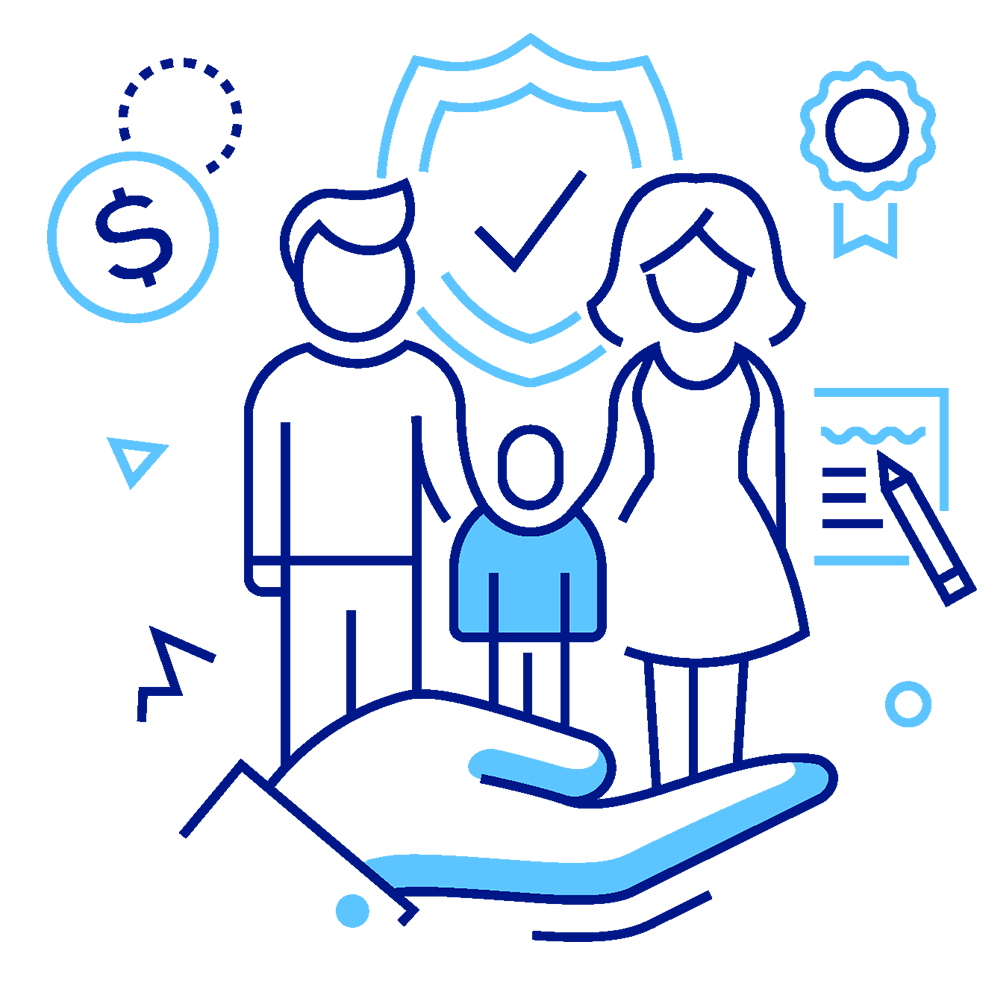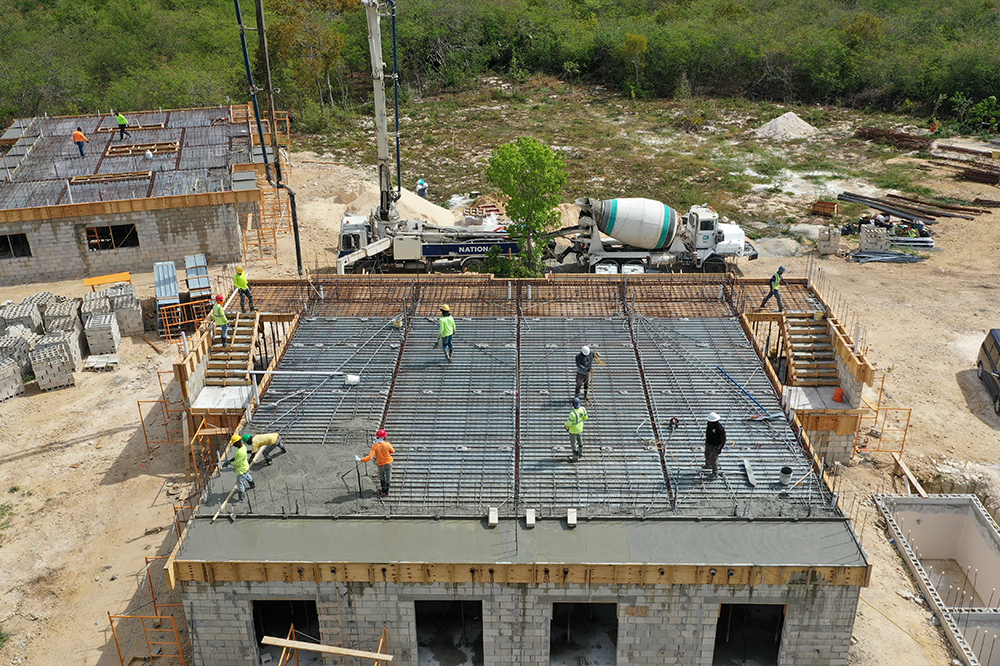WE SOLVE PROBLEMS BY:
- Improve Real-Time Monitoring
- Improve Workflow Efficiency
- Enable Faster Tracking of Assets
- Communicate Progress Faster
- Identify Hazards and Enhance Safety
- Mitigate Dirty, Dangerous, and Dull Jobs
- Identify Trends — Good or Bad
In the wake of these disasters, DRIFT UAV can deploy drones to help individuals, corporations, and insurance companies speed up the claims processes by capturing aerial data of the site or sites, drones are also being used to support search and rescue efforts. Using a drone to inspect a building after a loss, adjusters and underwriters can obtain the information they need in a fraction of the time it would have taken before. In addition, drones can be operated at a much lower per-hour cost than manned inspection vehicles and offer the ability to collect data on a pre-programmed repeatable track, providing consistency in the inspection data and process.
Drone inspections are cheaper, faster, and better than traditional roof inspections. DRIFT UAV inspections can be easily integrated with your existing workflow, software, and reports to reduce time and maximize efficiency. We are able to solution through high-quality aerial property inspection imagery.
AERIAL DATA INTELLIGENCE FOR DISASTER & INSURANCE CLAIMS
In recent years, insurance companies have been widely embracing drone technology. Drones are invaluable at all stages of the insurance lifecycle. They can be used to gather data before a risk is insured, to help in preventative maintenance, and assess damage after an event.
Images of the property to be insured can be obtained prior to providing coverage as catastrophic damage from recent hurricanes and other weather events in the Caribbean region have increased.

How do you improve operational efficiency?
DRIFT UAV will enable you to reduce the inspection cycle, settle property claims faster, get detailed imagery for underwriting, and create a desk adjustment solution. We will enhance your claims adjusters’ safety by getting accurate imagery regardless of most weather conditions and put an end to the use of ladders for inspections. By accurately determining property conditions through high-quality imagery, you will be able to better analyze a property and make better decisions.
Roof Report, Property and Building Facade Insights
- Through our in-house team of experts, receive in-depth property condition analysis of your roof and facades.
- A detailed summary of issues and their severity provides the data needed to take action before they become more dangerous or expensive.
- More than 70 roof conditions are considered, including debris, water ponding, overhanging vegetation, and more.
Here’s what we provide for the insurance Industry
- 2D Map of Roof top
- Roof Report
- 3D Model of Building
- Damage Assessment Aerial Capture
- Building Façade Report
Inspecting Roof Damage

Drones can scale heights and capture high-quality data making them a natural tool for roof inspections, whether assessing a property when devising a policy or checking for damage during the claims process.
Ranging from fire damage to the aftermath of a storm or natural disaster, the use of drone technology can help insurance adjusters quickly gather the information they need to make a claims decision. Drones also improve employee and contractor safety by reducing the need to have staff working at height unless it’s absolutely necessary. In many cases, drones speed up inspection times and can gather data in areas that would otherwise be inaccessible, for example, areas shortly after a natural disaster or unsafe rooftops.
Assessing Structural Integrity
Although roof inspections are an important use case, it’s not just roofs that can be inspected with the help of a drone. At DRIFT UAV we are able to use drone technology to capture large structures, such as warehouses, Facades, HVAC units, parking lots and other point of interest that can all be photographed and recorded to allow Engineers and Insurance professional team on the ground to determine their condition, faster and safer.
Post Disaster Claims

One of the most challenging and necessary times the insurance industry kicks into gear is following a natural disaster, such as an earthquake or hurricane. Insurers need to process claims quickly and reliably to allow homeowners and businesses to return to a sense of normality.
However, the immediate aftermath of a natural disaster can also be fraught with danger. Buildings are often seriously damaged, fires and floods can make access impossible, and gathering the information required can put insurance staff in harm’s way.
DRIFT UAV Flight Services team can use drones to gather the information they need to process claims without setting foot on the property. By cutting inspection times and improving safety when it matters most, insurance companies are able to continue operating and serving the customers that need it most.
Fraud Monitoring
Insurance fraud costs the industry billions of dollars every year. The adoption of drone technology may have a role to play in reducing these instances.
From construction and property management to building inspections, one of the most useful aspects of drone data gathering is how repeatable the process is while providing consistent precision. Insurance companies can use updated high resolution imagery to deter false claims and determine incidences of insurance fraud.
For example, in the case that a homeowner or property manager is filing a claim for damage that existed before a policy was in place, insurers can use drones to gather data periodically. The images can then be compared to determine the true timing and cause of any damage.
Smarter Inspections through Reporting & Analysis
Drones are only as useful as the data they gather. And in turn, that data is only as useful as the processes used to analyze it. Increasingly, drone data is being analyzed to provide key stakeholders with actionable and accurate results.
When harnessed in the world of insurance, AI-assisted anomaly detection and team of in-house experts can improve the process of assessing damage and estimating repair costs.